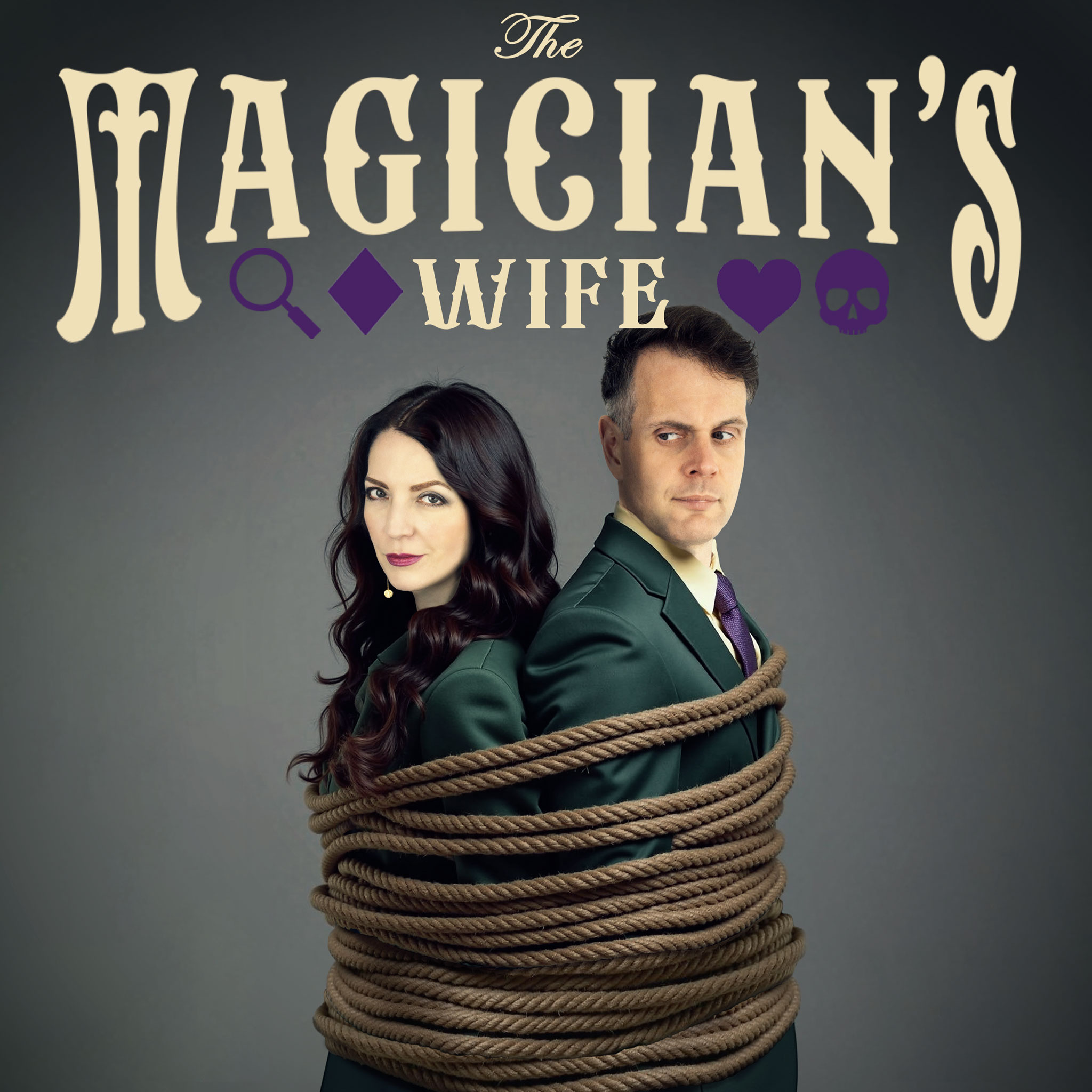The Effect
Deep in the heart of West Texas lies the small, unassuming town of Anson. Like much of the region, it’s a place steeped in local history. But Anson also holds a greater secret, a phenomenon that has baffled and intrigued both locals and visitors for generations: the mysterious Anson Lights.
The ritual for those seeking an encounter with these elusive, ghostly lights is well-established, passed down through local lore. You drive out of town, heading onto a quiet, unsurfaced country road known as Brizendine Lane, a road that leads towards a lonely cemetery. Once there, you must park your car facing east, towards the graveyard, turning off your engine and all your lights. Tradition dictates you next flash your headlights three times. And then… you wait.
For some, the vigil is uneventful, the night remaining thick and dark. But, for countless others, something quite extraordinary happens. In the distance, a faint pinprick of light appears. At first, it might be mistaken for a distant farmhouse or moving vehicle. But as you watch, the light seems to behave in ways that defy simple explanation.
Witnesses describe the light starting as a single orb, sometimes white, sometimes yellow or even having a reddish hue. It might hover in one spot for a while, and then begin to move, not steadily like a car, but erratically. It can sway from side to side, dip down, or rise up. Sometimes, the light splits into two, or even multiple, smaller lights, which mysteriously dance around each other before merging together again. The lights’ intensity, also, can fluctuate; brightening and dimming. And, occasionally, it even seems to approach the observer, becoming larger and more brilliant, before receding and vanishing entirely.
But what might be behind these eerie, supernatural displays?
The most persistent local legend tied to the Anson Lights is a poignant and tragic tale. It’s said that the light is the glow of a ghostly lantern carried by a grieving mother, a mother forever searching for her lost sons. One version tells of a pioneer woman whose children wandered off and perished in a blizzard. Her spirit, unable to rest, continues her desperate search through the dark Texas nights, lantern bobbing before her as she goes. Some even say that if the light approaches your car, it’s actually the woman attempting to peer into your vehicle, in the vain hope of finding her missing children there.
Perhaps because of the legend behind this story, many report the experience of seeing the Anson Lights as deeply unsettling. Are they merely a trick of the eye, some mundane phenomenon misinterpreted in the blackness? Or could they instead be a genuine paranormal manifestation, a spectral echo of a tragedy long-past?
For decades, the Anson Lights kept their secrets, drawing curious onlookers and paranormal enthusiasts alike, all hoping to catch a glimpse of them. But the question remained: what was truly glowing in the darkness on that desolate Texas road?
The Method
The Anson Lights, like other “ghost light” or “spooklight” phenomena reported worldwide, have been the subject of much debate and investigation. While the eerie legends and firsthand accounts contribute to their mystique, scientific and sceptical enquiry often points to more terrestrial explanations.
The most widely accepted and frequently proposed explanation for the Anson Lights is that they are simply the misidentified headlights of vehicles travelling along the highway which runs roughly parallel to the viewing area on Brizendine Lane, several miles to the east. Moreover, from the specific vantage point at which people look for the Anson Lights, atmospheric conditions have been known to create unique sensory experiences and deceptions.
These deceptions are created by several factors. Temperature inversions are common in areas like west Texas, where the ground cools rapidly after sunset, creating a layer of cooler air beneath a layer of warmer air. Light passing through these different air densities can bend and refract in unusual ways. This phenomenon, known as a superior mirage, can make distant lights appear to hover, dance, split, change shape, and even float above the horizon.
And, if not solely caused by environmental factors, could environmental factors be affecting very ordinary lights, making them appear extraordinary and able to behave in seemingly supernatural ways?
Researchers and investigative groups have tested this theory, conducting experiments as to whether car headlights might be being distorted by the area’s weather and geography. Students and faculty staff from McMurry University in nearby Abilene stationed people at the viewing site and instructed others to drive vehicles along specific sections of the highway simultaneously. In doing this, they were able to correlate the appearance and behaviour of the Anson Lights with the movements of the controlled vehicles. They even deduced that the single light appearing, splitting, and changing brightness could be attributed to the way headlights are perceived over long distances through varying atmospheric conditions.
Other less likely methods put forward to explain the ghostly Anson Lights are bioluminescence (like foxfire or swarms of insects), static electricity, or piezoelectricity (electrical charges generated by quartz-bearing rocks under tectonic stress). However, none of these seem to fit the specific characteristics of the Anson Lights as well as the car headlight theory. Not least as the lights appear to be too consistent in their general location and appearance to have natural or electrical causes.
Despite the strong evidence supporting the car headlight hypothesis, for many people the Anson Lights still retain their allure. A subjective encounter with the lights, especially when someone has been ‘primed’ with the local ghost stories surrounding them, can make for a very powerful personal experience. The human brain is wired to find patterns and attribute agency, and in the quiet, dark, and somewhat spooky setting of a road leading to a cemetery, it’s easy to see why a flickering, dancing light in the distance might feel like something more mysterious than the simple, distorted beams from car headlights. In this way, while science offers a probable answer, the legend of the Anson Lights continues to shine.
© 2025, Lora Jones. All rights reserved. Reproduction prohibited without written permission.




